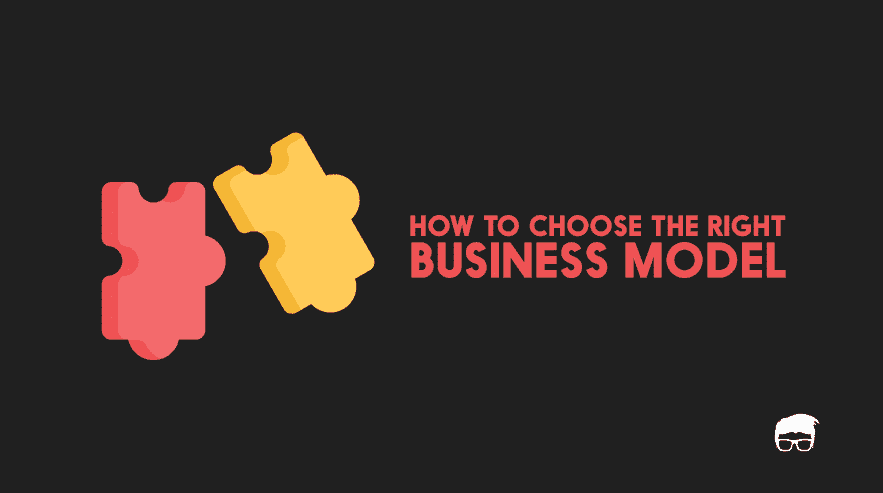The demand for your product depends on the needs, wants, and luxuries of your customers. These needs, demands, and luxuries are different for different customer segments. In order to be profitable, it is always advisable to segment these customers according to their demographics, psychographics, geographics, and behaviour and direct all or most of your marketing efforts to the most profitable segment.
What Is A Target Market?
Target market refers to a specific and well-defined consumer segment within the business’s serviceable market which the business wants to sell its products and services and direct its marketing efforts to.
Defining a specific target market eases the marketing decision making the process as marketers get to know about the most profitable set of customers and use most of their efforts and resources to woo them.
How To Define Your Target Market?
The shotgun approach rarely works. Given the current level of competition and limitation of resources, it is not viable to target everyone in the market and wait for the people to like your product.
Target marketing makes it easier for small companies to compete with large established companies, innovators to disrupt the market, and startups and other companies to get an advantage over their competitors.
You can follow the following steps to define a target market for your business.
- Segment The Market: Segment your business’s serviceable market according to their demographics, geographics, psychographics, and behavioural patterns.
- Identify Your USP: Your unique selling proposition is what differentiates you from the competitors. It is why the customers will prefer your product over others.
- Analyze Your Customer Base: If you’re already in business, the best way to define your target market is to collect your customer data and to analyse it.
- Analyze Your Competitors’ Customer Base: Analyse your competitors’ customer base: Who they target through their marketing efforts? Where do they sell their products?
You can either select a similar target market or choose a slightly different segment. - Release An MVP: Releasing an MVP is a great practice to validate your assumptions about the target market. It is the most minimal, yet a viable product released to a few target customers to get as much feedback as possible.
Target Market Examples
Specifying a target market for your business is an essential step to remain viable. Trying to sell a hamburger to vegetarians will only lead to wastage of time, effort, and money and a poor brand image.
The industry giants dominate the market because they succeed in serving the right product and service to the right person. Here are some target market examples:
Target Market Of Facebook
The target market of Facebook has evolved along with the company. The founders targeted the college students of the United States in its initial years, which can be seen in its pitch deck too.
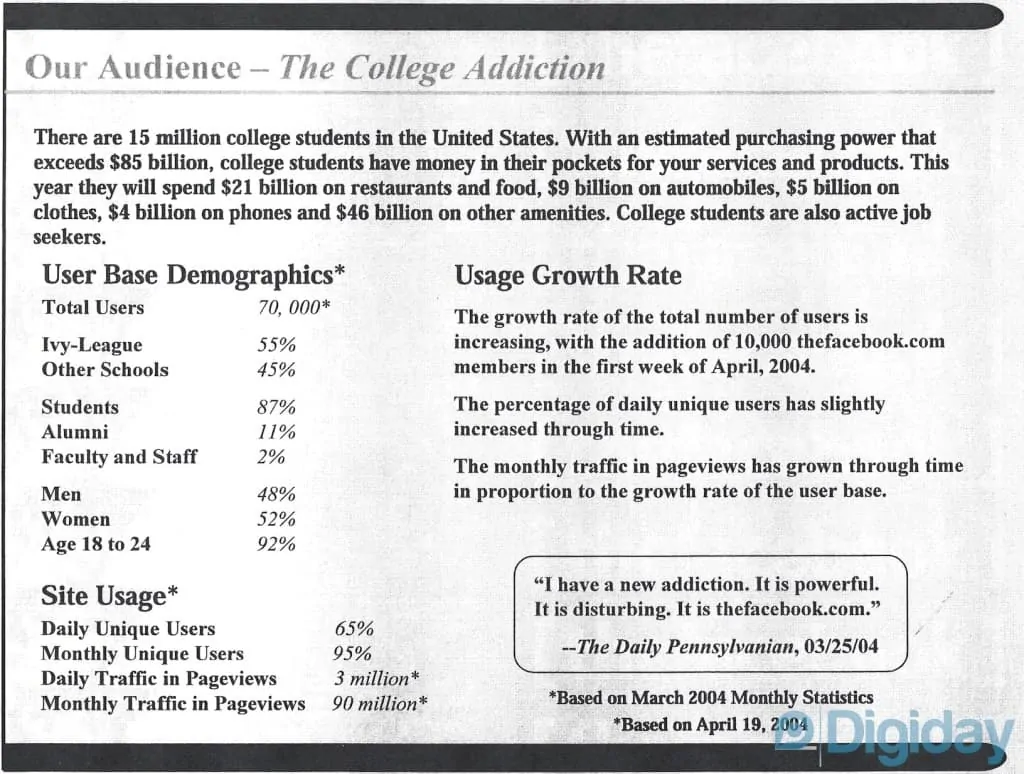
Facebook has now widened its target market and has positioned itself as a social media platform used mostly by middle-aged (25-34 years) mobile using adults in 157 countries.
Target Market Of Snapchat
More than 178 million users below the age of 25 (18-24), most of which are still in high school and college, preferably females, form the target market of Snapchat.
Target Market Of McDonald’s
McDonald’s targets students, employees, and professionals in the age group of 8 to 45 years belonging to low & middle-income groups and having an easy-going and careless personality.
Target Market Analysis
The target market analysis starts with yourself. You have to focus on the 5 W’s of your potential customers to select the most beneficial target market for your business.
- Who: Start with questioning yourself about who is going to buy your product. Are they children, teens, millennials, or baby boomers? Are they males or females? Are they service classed or self-employed? What’s their yearly income?
- What: What type of products and services do they buy now and what do they expect from it? Does your product fits their requirements?
- When: When do they buy the product? Is it daily or rarely? When do they use the product?
- Where: Where do they live? Where do they use the product?
- Why: Do they buy it because it’s their need, or is it a luxury product for them?
Once analysed, you can differentiate the profitable segment from the non-profitable ones. Once you’ve segmented the market select the perfect market segment for your business if it fulfils the following characteristics.
- Big Enough: Is the market segment big enough to make you profits in the present as well as in the future?
- It is still growing: A big market today can be a dead market tomorrow. Always analyze the growth statistics before moving ahead and choosing the segment as your target market.
- Not Many Competitors: Having some competitors might be beneficial for your company. But having a market full of existing established players isn’t a good market till the time you have an exceptionally well product to position yourself differently.
- Your Product Can Fulfill Their Need/Want/Luxury: Does your product has all that it takes to fulfil the needs of your target customers?
Target Market Strategies
A marketer can select a single market or many markets to target its efforts to. The target market strategies can be divided into three types depending upon the number of target markets.
Multisegment Marketing
Multisegment marketing refers to the practice of targeting more than one market segment. Some companies market the same product to different segments differently, while some manufacture different product lines to cater to different market segments.
For example, selling auto parts to auto manufacturers and other finished products to the end-user is a multisegment marketing strategy.
Concentrated Marketing
Concentrated marketing refers to the practice of directing every marketing effort to a single segment of the market. For example, selling auto parts only to auto manufacturers is a concentrated marketing strategy.
Microtargeting
Microtargeting is a relatively new targeting strategy which involves isolation of the markets and collection of as much data as possible to target them in a personalized way. This strategy was used in the recent U.S. presidential elections.
Target Market vs Target Audience
Target market and target audience are similar terms which are used to denote market segments which the business wants to target to, but both the terms have different practical implications.
While target market refers to a specific and well-defined consumer segment within the business’s serviceable market which the business wants to sell its products and services and direct its marketing efforts to, the target audience is a more narrower term and refers to the specific and well-defined segment targeted by the advertisements of the product.
Go On, Tell Us What You Think!
Did we miss something? Come on! Tell us what you think of this article on the target market in the comment section.
A startup consultant, digital marketer, traveller, and philomath. Aashish has worked with over 20 startups and successfully helped them ideate, raise money, and succeed. When not working, he can be found hiking, camping, and stargazing.

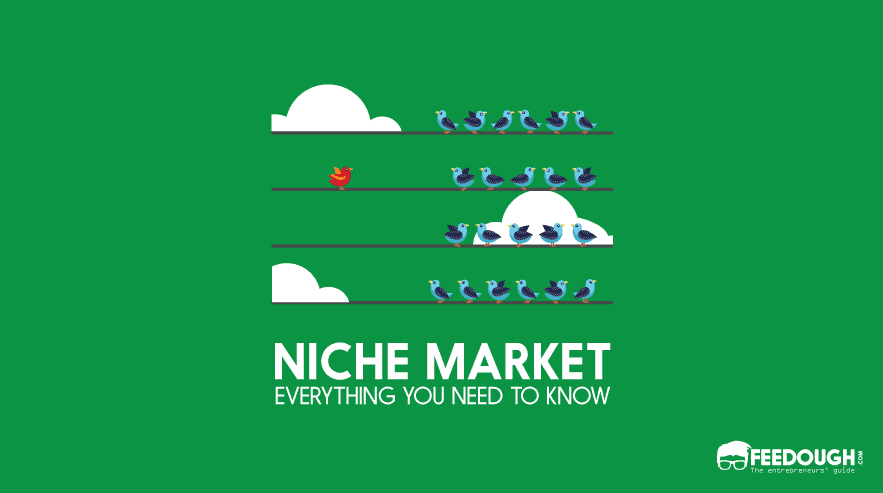


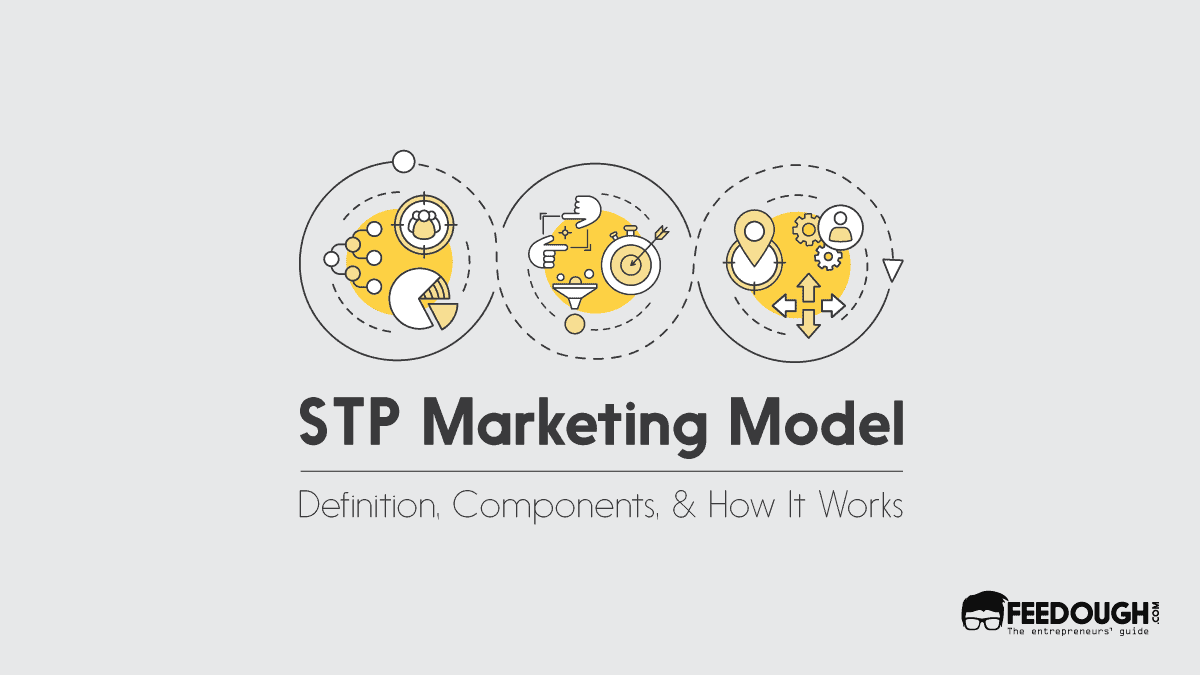

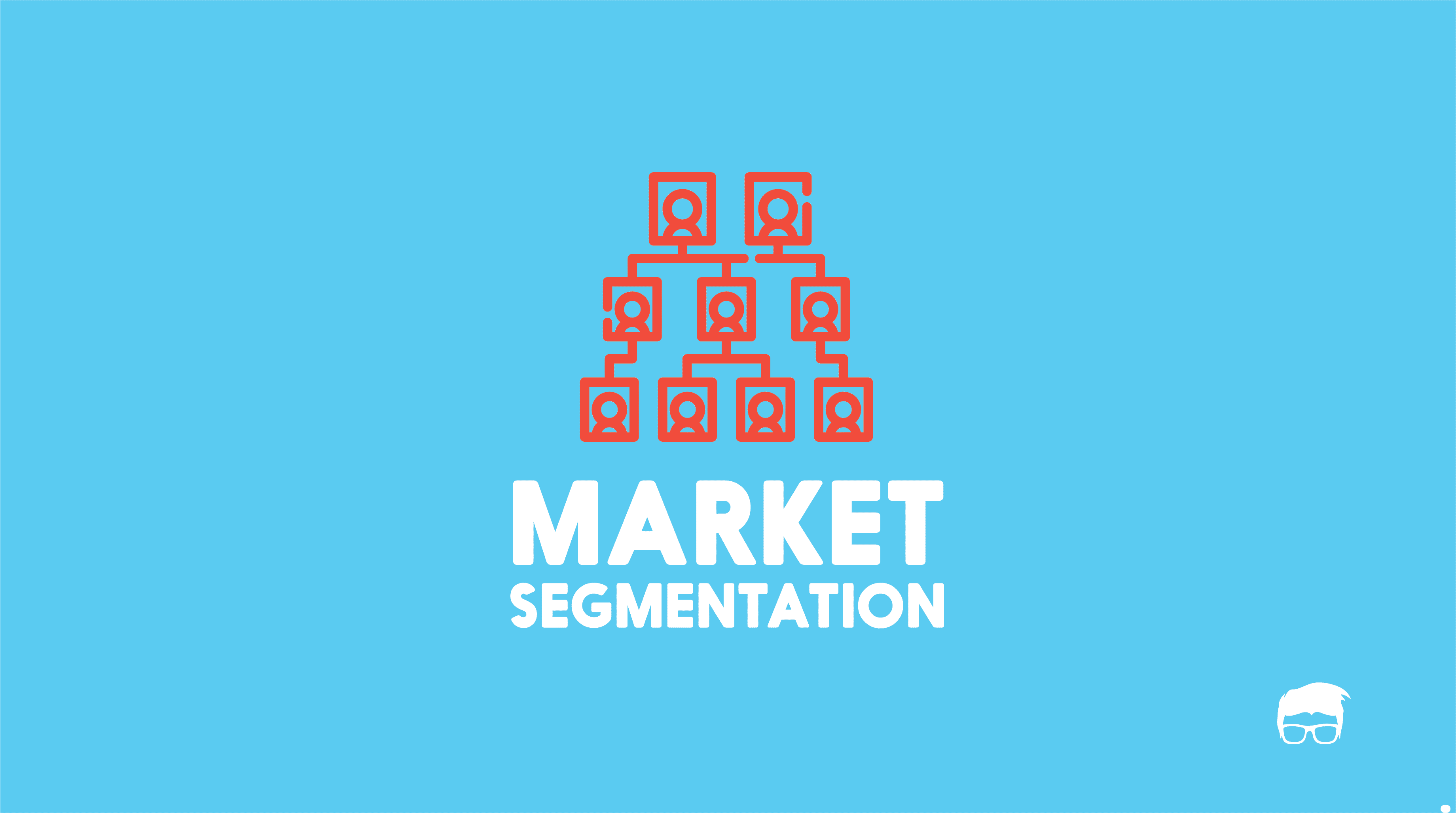
![Go-To-Market Strategy [The Ultimate Guide] go-to-market strategy](https://www.feedough.com/wp-content/uploads/2019/10/go-to-market-strategy.webp)
